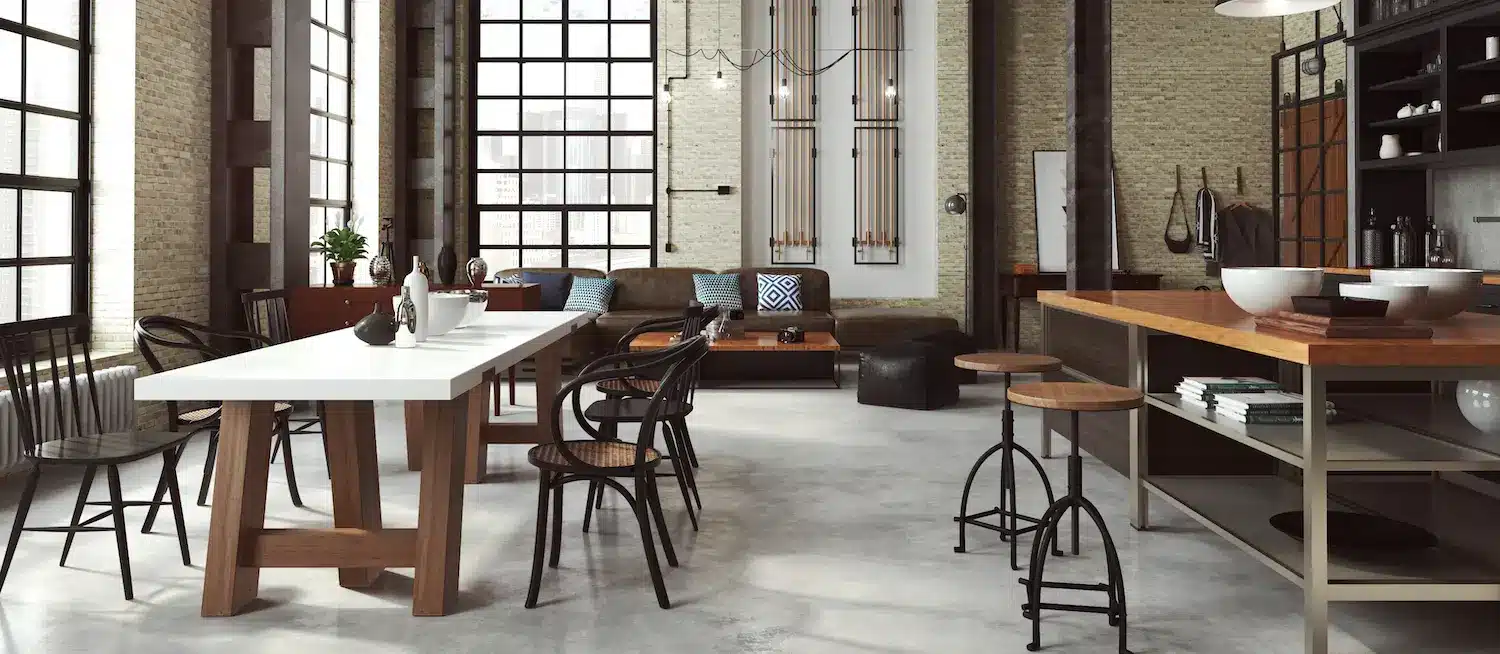6 Tips for Designing the Perfect Coastal Outdoor Living Space
The perfect coastal outdoor living space is like a dream come true—tranquil and inviting, yet full of life. From finding comfortable and stylish outdoor furniture to more ambitious projects like adding a pool and outdoor kitchen, you can create a space that’s like a little getaway right in your own backyard. With the right know-how, you can design an outdoor living space that’s truly a breath of fresh air.
Adding a Pool
Adding a pool to the outdoor living space is a great way to create a luxurious and inviting atmosphere. It can become an instant gathering place for family and friends to enjoy the summer days and evenings. Pools come in all shapes and sizes, so you can choose the one that best fits your needs. You’ll also want to consider what type of pool you’d like, as well as any additional features such as waterfalls, slides, fire bowls, or a spa.
In order to make the most of your pool, it’s important to ensure it’s properly maintained. This includes cleaning and testing the water on a regular basis, as well as keeping the area around the pool free from debris.
When it comes to design, there are plenty of options available. Prefab is typically cheaper, but when you go full custom, everything from the shape and size to the designs you can put on the floor is up for grabs.
No matter what you decide, a pool is an excellent way to make your outdoor living space more inviting and enjoyable, particularly when coastal areas like Florida and SoCal have such great swimming wather. With the right design and maintenance, you can create a luxurious atmosphere that will be enjoyed for many years to come.
Al Fresco Dining & Outdoor Kitchen
Creating an al fresco dining and outdoor kitchen area is essential for any coastal outdoor living space. It’s even better when you can create a seamless indoor-outdoor transition. When designing such an area, the goal should be to provide an inviting atmosphere that encourages friends and family to come outside and linger. Here are five ways to make sure your al fresco dining and outdoor kitchen area is as inviting as possible:
- Use large windows and glass doors to minimize the division between indoors and out.
- Include shaded areas for respite on sunny days
- Hang string lights or lanterns for a whimsical touch.
- Choose comfortable seating for guests to relax in.
- Design your outdoor kitchen so that the chef isn’t isolated from the guests.
In addition, the outdoor kitchen should be equipped with all the necessary elements for cooking, such as a grill, sink, and refrigerator. While it’s great to blend your indoor and outdoor spaces, having to repeatedly backtrack to the indoor kitchen interrupts the flow of conversation.
Finally, incorporate accessories such as a fire pit, outdoor bar, or fountain to complete the space. With these tips, you can create a beautiful al fresco dining and outdoor kitchen area that will be the perfect gathering spot for your coastal outdoor living space.
Landscaping with Salt-Tolerant Plants
By carefully selecting which plants you use in your landscaping, you can create a beautiful, colorful backdrop that can withstand the harsh aspects of a coastal environment. Salt and high winds are the big concerns, but also look into plants that tolerate high sun and high temperatures. Here are some tips to keep in mind when designing coastal landscaping:
- Choose plants that are native to the local area—they’re already adapted to local conditions.
- Research the salt tolerance of each plant to ensure it can withstand the salty coastal air.
- Use hardy plants that are drought-resistant and will thrive in the area’s climate.
- Consider the size of the plants at maturity to ensure they will fit in the space.
- Plan for low-lying landscaping if views and high winds are a factor
Using salt-tolerant plants like ornamental grasses, native shrubs, and perennial flowers in a coastal outdoor living space adds a splash of color and texture to the landscape. Using native plants also has the benefit of being low-maintenance, which is excellent for spending more time enjoying your space. With a bit of research and planning, you can create a lush oasis in your own backyard.
Consider a Zen Garden
Incorporating a Zen garden into a coastal outdoor living space can create a space of serenity and mindfulness. The basic elements of a Zen garden include rocks, gravel or sand, and plants, typically arranged in symmetric, harmonious patterns. These elements can be used to create paths, circles, and other shapes, depending on the desired effect. Additionally, plants can be added to soften the look of the garden and provide more visual interest.
Zen gardens might also contain a water feature, such as a fountain or a small pond. This provides a focal point for the garden, as well as a source of soothing sound. A water feature can also be used to bring in local wildlife like birds. Creating a Zen garden can add a peaceful and tranquil atmosphere to any coastal outdoor living space.
Outdoor Furniture Materials for Coastal Areas
When furnishing a coastal outdoor living space, it’s important to choose coastal-friendly materials that can withstand salt and sun exposure.
- Teak: Teak is naturally resistant to moisture and insects, making it a perfect choice for coastal outdoor furniture. It is also incredibly durable and can last for decades. Do be mindful of where it’s sourced; choose a brand that uses sustainably-farmed teak, as the high demand contributes to the harvest of old-growth rainforests.
- Resin Wicker: Resin wicker is highly resistant to saltwater and won’t fade or crack in the sun. It is also very comfortable and stylish.
- Rattan: Like wicker, this is another highly popular furniture style for a coastal look. For outdoor use, synthetic may be a more durable option than natural rattan.
- Aluminum: Aluminum is lightweight and won’t rust, making it a great option for outdoor furniture. It is also easy to clean and maintain.
When choosing outdoor furniture for coastal areas, it’s important to consider materials that are resistant to the elements. Jute rugs, for instance, are a wonderful choice for indoor coastal decor, but aren’t the best at resisting water damage from rain. Synthetic fabrics like polyester and acrylic are generally the most weatherproof options for adding rugs and colorful cushions to your outdoor furniture.
Color Choices for a Coastal Theme
When creating a cohesive space, color harmony is half the battle. Dive into the coastal design style with warm neutrals, blues, and greens. Incorporating bright blues and greens with natural wood tones gives a coastal outdoor living area a vibrant feel. Colors such as sky blue, aqua, turquoise, and seafoam green will create a feeling of relaxation, while white and sandy beige tones can help to create a beachy atmosphere. Natural wood tones such as teak, mahogany, and cedar can add warmth and texture to the space. These colors can be used in outdoor furniture, planters, and other accessories to bring the beach to your backyard.
Adding pops of bright colors such as coral, yellow, and navy blue will provide a playful and cheerful feel. These colors can be used in accent pieces like cushions, throws, and planters to create a cheerful atmosphere.
Incorporating earthy tones such as olive green, dark brown, and terracotta will create a more natural, rustic feel. These colors work well with natural wood tones to create a classic coastal look. These colors can be used for furniture and accessories such as planters, rugs, and ceramic pottery.
Creating an inviting coastal atmosphere can be done easily by selecting colors that reflect the beauty of the seashore.
Conclusion
Creating the perfect coastal outdoor living space is a process of discovering the right combination of elements. Consider how you plan to use the space and how much room you have at your disposal. Cramping too many great ideas into a small space can counteract the relaxing vibe of coastal design, but thoughtful planning and execution can create a space that flows well and becomes a highlight for entertaining guests.







